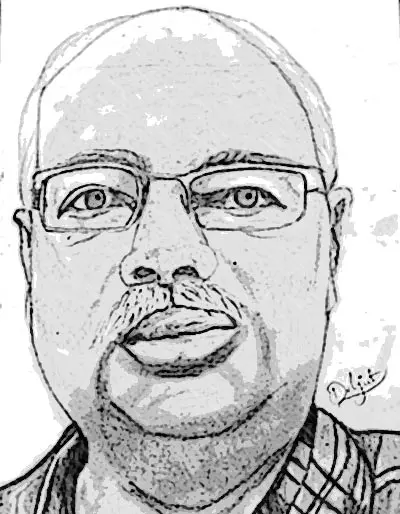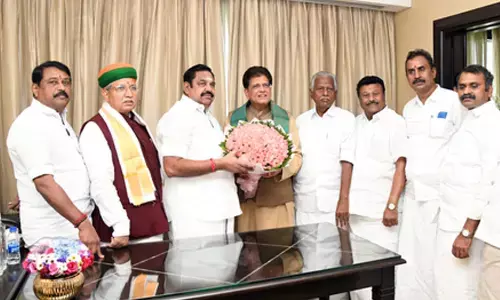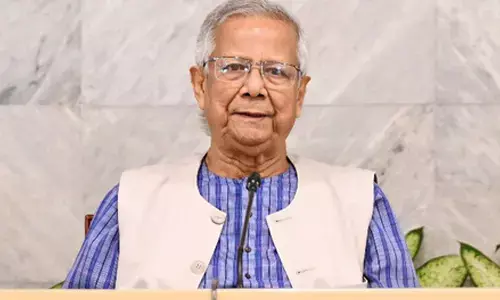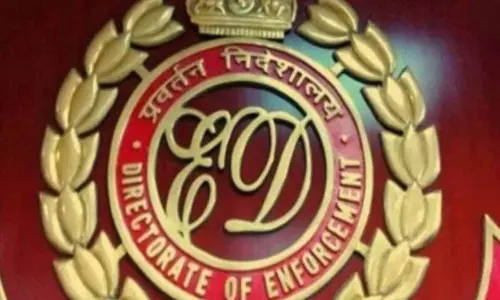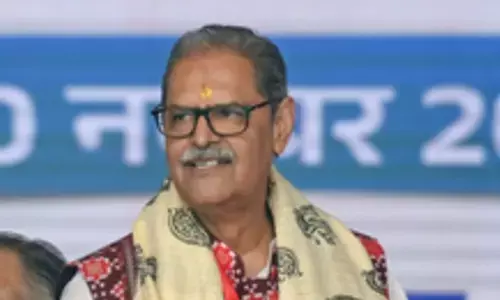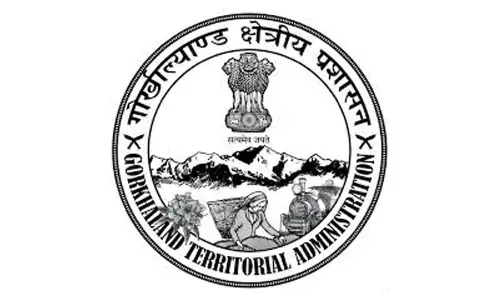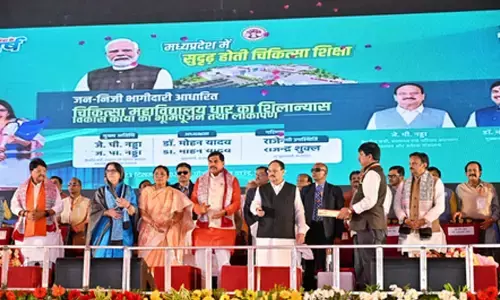Needs Of A Fast-Ageing Nation
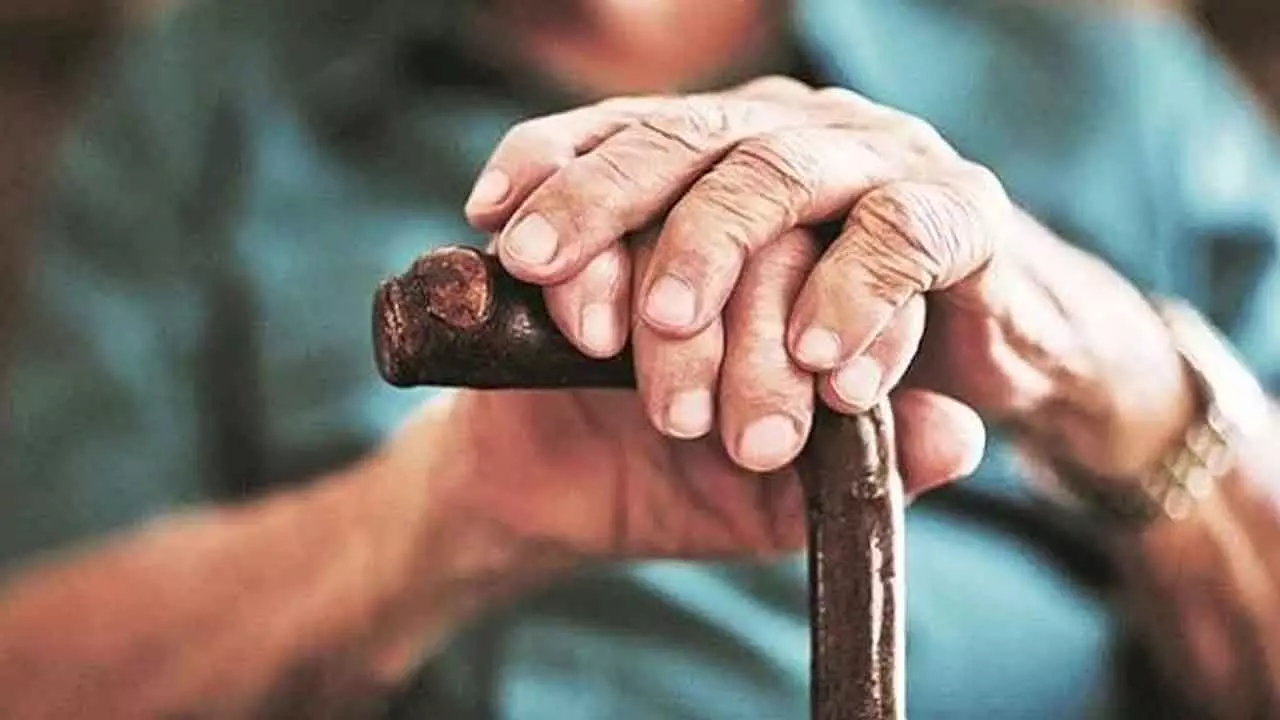
If the country’s leadership ignores the urgency to focus on changing the demographic pattern, the country would face the biggest disaster after Independence by the time it would be celebrating 100 years of Independence. People should understand that ultimately it is their future generations that would be worst affected if measures to alter the present demographic trend are not taken. India would be facing acute shortage of young human resources and a greater problem of meeting needs of the aging population. Emphasis should also be laid on encouraging young couples to have more than one child. But, it is easier said than done
India is fast ageing. This certainly should be a cause of concern for politicians. It is high time they took up such serious issues which could play havoc with the country in next two decades rather than keep fighting whether there should be caste census or some other census and how to secure a vote bank to come to power.
About 90% of the leaders are already over 70 in our country and hence they should focus on how to create a ‘Young India’ which can make it a vibrant nation by 2047 while many other countries would be struggling to face the challenges of managing aged population. If the opposition, in particular, does not wake up now and will continue to be fighting only on issues related to Adanis and Ambanis or how to pull down the present governments whether at centre or in states, India is going to face an surmountable problem.
This issue should be taken very seriously by all political parties across the country and state specific as well as a national policy should be adopted to save the country from such a catastrophe. The septuagenarian leaders as well as the quinquagenarian leaders like Rahul Gandhi should utilise their time and energy in Parliament to discuss such issues and see that the required policy decisions were taken. They can even think of constituting Parliamentary committees which can take suggestions of experts both from different fields like education, medicine, women, social activists, religious heads, if need be, and frame necessary policy guidelines to ensure that Bharat would become a standalone country in demographic management by 2047. Emphasis should also be laid on encouraging young couples to have more than one child. It is easier said than done, because these days more than one child is not seen as an asset.
But still the move to reverse the trend of fast increasing number of old people is something the nation cannot afford to ignore. Unfortunately, we are having middle aged leaders who are close to qualify as senior citizens and refuse to grow beyond thinking and practicing vindictive politics, spreading falsehood, or feel that cash doles are enough to catapult them into seat of power. Power seems to be the only thing they want. But they should understand that any leader who has no vision is the biggest liability for a state or the country. We have seen how lack of vision and overdependence on cash doles had not only decimated the YSRCP in Andhra Pradesh and has pushed the state 20 years behind in just five years.
If the country’s leadership ignores the urgency to focus on changing the demographic pattern, the country would face the biggest disaster after Independence by the time it would be celebrating 100 years of Independence. Whether the opposition likes it or not, the fact is that time is slipping away and danger bells have started ringing louder and louder. Even people should understand that ultimately it is their future generations that would be the worst affected if measures to alter the present demographic trend are not taken. No one knows which party would be in power when India would be celebrating 100 years of Independence from British rule, but it would be facing acute shortage of young human resource and a greater problem of managing the aging population and meeting their requirements.
“The current elderly population of 153 million (aged 60 and above) is expected to reach a staggering 347 million by 2050. This demographic shift is not merely a statistic, it’s a societal transformation of unparalleled magnitude with far-reaching implications. Ageing is a complex and intricate issue,” experts say. It is not so easy a task to plan for this massive demographic transition of 21st century which will have far reaching implications. According to the United Nations Decade of Healthy Ageing (2021-2030), the impact of ageing would not remain confined to just health systems but labour and financial markets, social protection, and education among other facets.
In India, 40% of the elderly do not have proper financial security and about one-fifth have no income at all. In the modern era, the youngsters treat elderly more as a burden and there have been increasing number of cases of abuse and lack of comprehensive safety nets. In the past they were considered as great support system in mentoring and managing their grandchildren, particularly if both the parents were working.
But now the younger generation feels they are outdated and their parents feel that they are an hindrance to their privacy. There is another segment whose children live abroad and feel that spending couple of lakhs and keeping their parents in old age home is the best option and the greatest service are doing to their parents. Such people need to pause for a minute and ask themselves whether they would also like their children to give them a similar treatment by 2047 when they would grow old.
Along with creating safety nets for the elderly, serious efforts by the society in bringing drastic changes in the social and cultural mindset both among the present younger generation and the future older generation should be taken up. The elderly people should understand that their era is over and they should not try to force their archaic ideas on their next generation. They should also learn to adjust, depending upon the changing times and situation, and stop interference in the family administration by their children. The youngsters should not think that they are an burden but learn to give due respect to the elders and make use of their knowledge and experience as and when required not just ignore them thinking that they are outdated.
Social-cultural mindsets and norms that label the elderly as a “burden”, elderly abuse, as well as a lack of comprehensive safety nets increase the vulnerability of older individuals manifold. The Government of India came up with some policies like National Programme for Health Care of the Elderly (NPHCE), the National Social Assistance Programme (NSAP), the Maintenance and Welfare of Senior Citizens Act, 2007 and the (Amendment) Bill, Atal Vayo Abhyuday Yojana’ (AVYAY), and Elderline – a national helpline – National Policy on Older Persons (NPOP) in 1999, three years before the Madrid International Plan of Action on Ageing (MIPPA).
But still there is a lot more that needs to be done. It requires more comprehensive framework of care. If the claims of the economy growing at a very fast pace is true and if by 2027 India becomes the world’s third largest economy, the present working class would generate a lot of that additional wealth and who will become senior citizens by 2050. Hence, this is precisely the right moment for India to see that it gets best out of the Demographic Dividend.
Prioritising the needs of older people in disaster preparedness is another important factor which has come to light more glaringly during the flood havoc witnessed by people in Vijayawada since Sunday.
This should not only be a moral imperative but also a strategic one. In such situations they face problems like mobility limitations, chronic health conditions, and a higher risk of isolation. Special focus should be laid on their health insurance. The need to evolve a fool proof method to have authentic data system on ageing population is also must.

